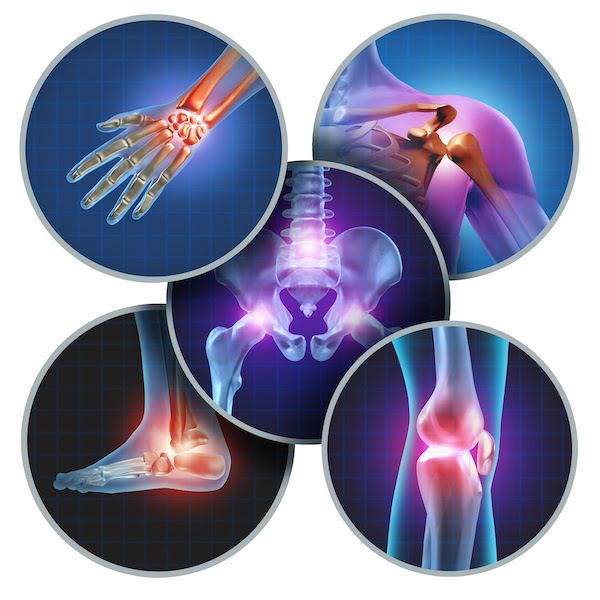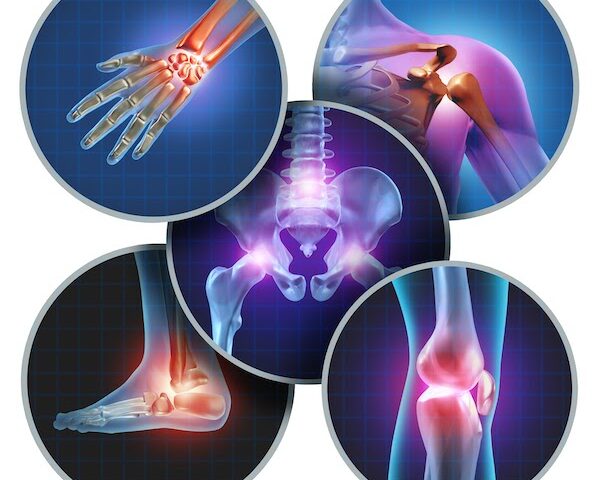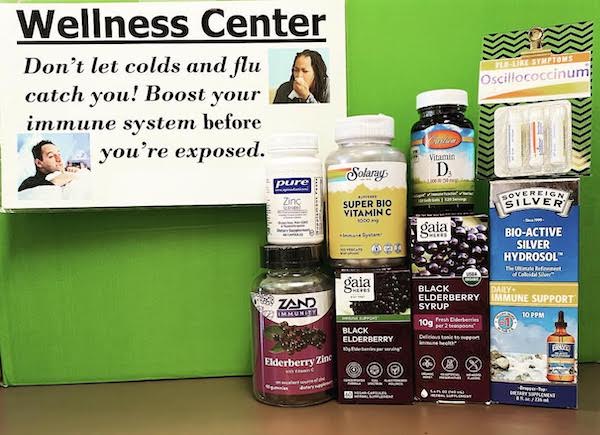There’s a lot you can do to reduce the pain in your knees and shoulders

As we get older, it seems increasing joint pain is inevitable. Cartilage wears down from repeated wear, and muscles may get weaker and more vulnerable to damage over time. If we gain too much weight, our inflammation increases, making the potential for problems even worse.
That said, there’s a lot we can do to intervene, to minimize our pain and preserve our joint health.
Joint Nutrition
Glucosamine and chondroitin sulfate are found naturally in our body’s cartilage, the cushion between bones inside joints. Taking them as a supplement may improve the stability of that cushion and relieve pain over time. A 2011 assessment published in the International Journal of Rheumatology found long-term treatment with glucosamine reduced pain, improved joint motility, limited the progression of osteoarthritis, and reduced the need for joint replacement. Other reviews of chondroitin and hyaluronic acid found similar results.
The key here is long-term usage. None of these remedies are fast acting. Doctors also note that these supplements may work better when taken with antioxidants that inhibit cellular damage and improve cartilage building blocks: vitamins A, C, E, and minerals such as selenium, zinc, and copper.
Inflammation Fighters
Since it’s not unusual for inflammation to increase as we age, and we know chronic inflammation contributes to joint deterioration and pain, reducing our inflammation is a big part of improving joint health.
Omega-3 oils from fish or algae have long been shown to reduce inflammation, improving brains as well as joints. Gamma linolenic acid (GLA), an omega-6 oil found in evening primrose and borage oils, also can be helpful as they get converted into powerful anti-inflammatory compounds in the body. Even olive oil, when taken daily, has been shown to reduce inflammation.
Many herbs also can reduce inflammation. Tumeric has long been studied with excellent results in this realm, and it’s available in capsules, gummies, and topicals. Other anti-inflammatory herbs that can help with joint pain include Boswellia, ginger, green tea extract, rosemary, Andrographis, devil’s claw, and even white willow bark.
Other things to consider
CBD, cannabidiol oil derived from hemp, has helped many with arthritis. Animal research and anecdotal evidence shows CBD taken daily can reduce joint pain. It can be taken orally or used topically.
Capsaicin cream has good studies showing that used topically it reduces pain of both osteoarthritis and rheumatoid arthritis. Its heating properties increase circulation, while its chemistry blocks pain signals, which can provide considerable short-term relief.
Recent studies show various microbes in the gut can increase or decrease inflammation and pain signals. That’s why many doctors recommend eating fermented foods and taking a daily probiotic supplement. The best results come when using supplements with multiple strains of probiotics included.
Dietary changes often can improve joint pain. Even if you don’t have celiac disease, many find eating a gluten-free diet reduces pain. If gluten is a factor in your pain levels, it means gluten has caused some damage to the gut villi, and it may take several weeks for that tissue to heal and inflammation to reduce. If you intend to try going gluten-free, plan on sticking with it for 3-4 weeks.
Reducing sugar is another dietary change that many find helpful. Sugar is one of the most inflammatory things we eat, and it’s added to almost all processed foods. Limiting sugar and high-carbohydrate foods (which get converted into sugar by the body), can reduce chronic inflammation and improve overall health. Trying a keto diet, where carbs are drastically reduced for a short period of time, may give you the quickest answer to how much carbs play a role in your pain.
REFERENCES




